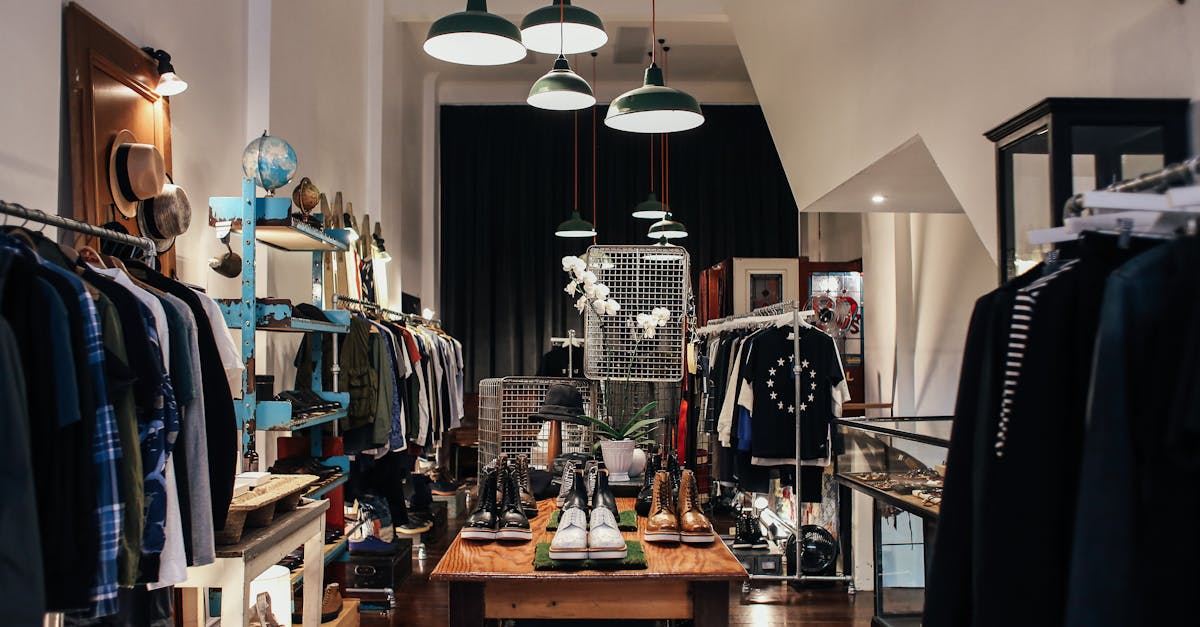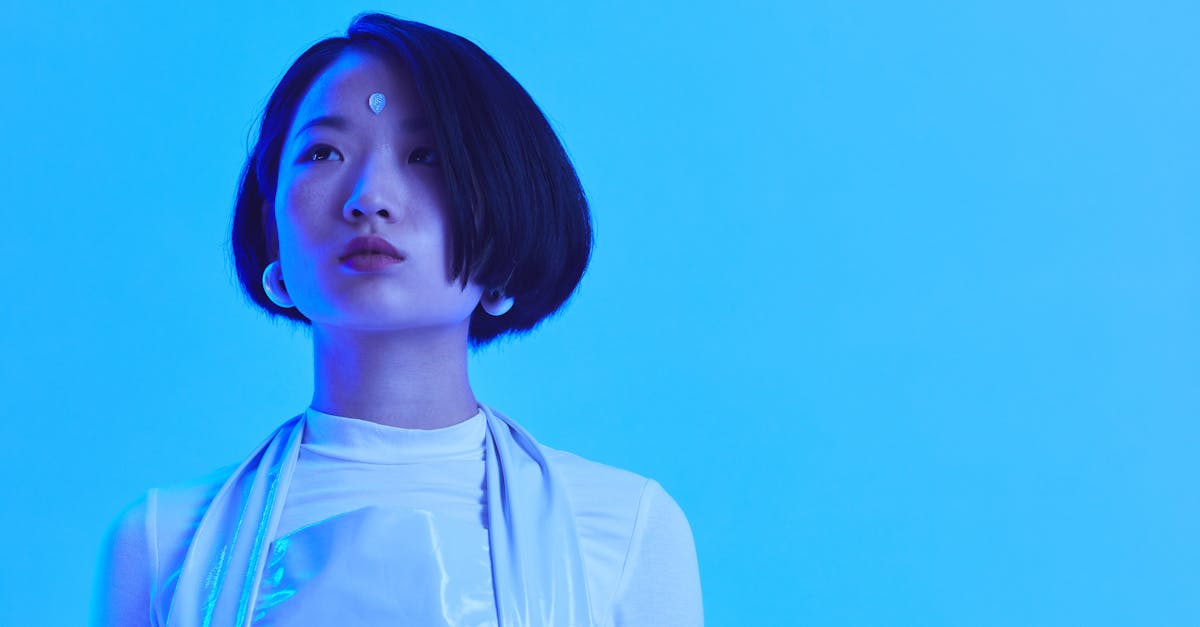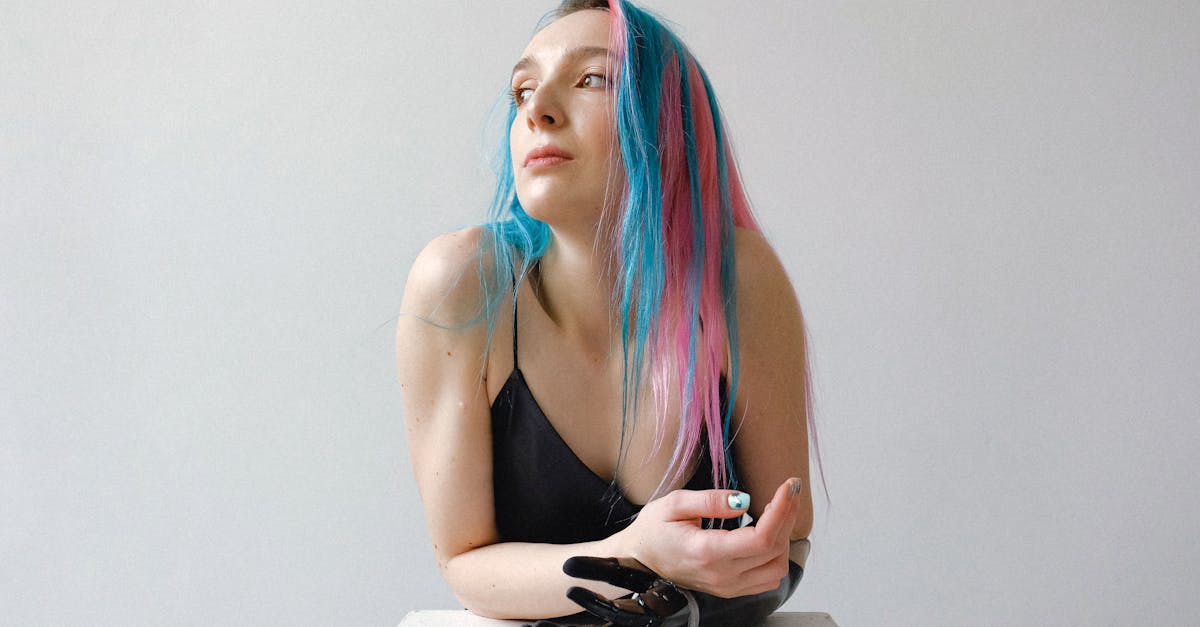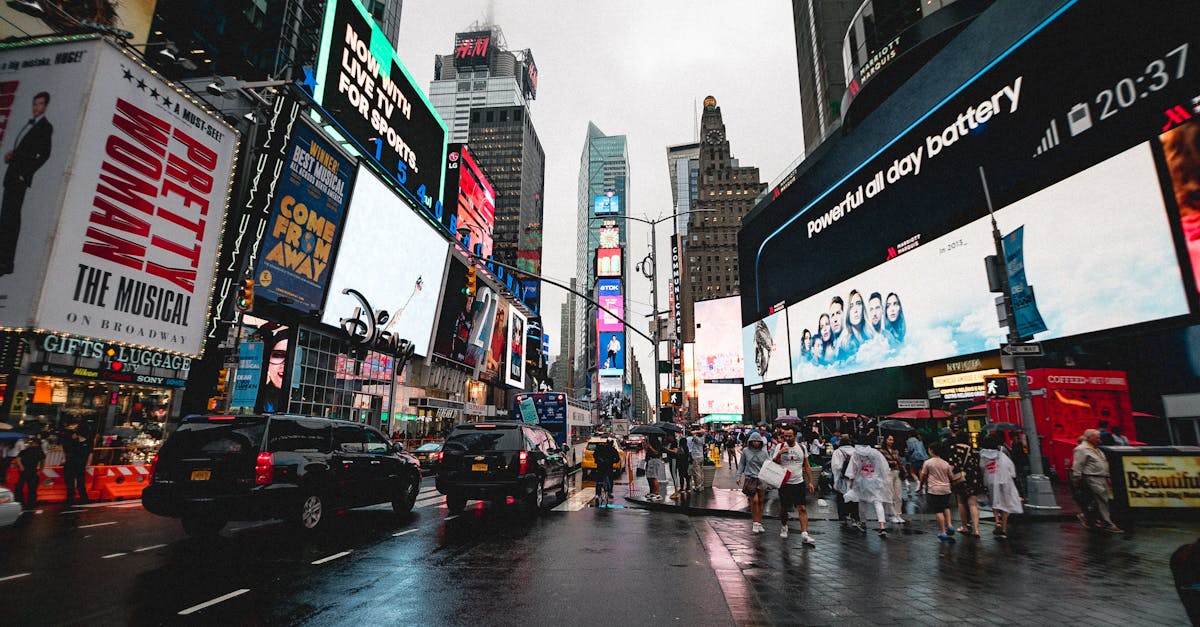Fashion News Highlights
Introduction
Fashion is an ever-evolving art form, pushing boundaries and inspiring creativity in ways that transcend mere clothing. It is a reflection of culture, identity, and societal values, constantly adapting to the zeitgeist of the times. With key trends and innovations emerging each season, fashion news remains a vital topic in today's media landscape. From sustainability to technology, gender neutrality to global influences, the world of fashion is as diverse and dynamic as the people it serves. Let's delve deeper into this fascinating realm and explore how fashion both shapes and reflects our lifestyles, offering a lens through which we can understand the world around us.
Advertisement
Current Fashion Trends
The fashion landscape is vibrant and dynamic, constantly adapting to ever-changing societal norms and tastes. Currently, there is an increasing focus on sustainable fashion, with designers like Stella McCartney leading the charge. McCartney's commitment to cruelty-free materials and eco-conscious practices has set a benchmark for the industry, inspiring other brands to follow suit.
In addition to sustainability, trends such as vintage resurrections and minimalist aesthetics are gaining popularity. Vintage fashion, with its nostalgic appeal, is being reimagined for modern audiences, offering a sustainable alternative to fast fashion. Minimalism, on the other hand, emphasizes clean lines, neutral tones, and timeless pieces, resonating with consumers who value quality over quantity. These trends not only captivate audiences worldwide but also reflect a growing awareness of the environmental and social impact of fashion.

MART PRODUCTION/Pexels
Advertisement
Sustainability in Fashion
Sustainability has become more than just a trend; it's a necessity within the fashion industry. As consumers become more conscious of their environmental footprint, brands are increasingly integrating eco-friendly materials and processes into their production lines. Companies like Patagonia and Everlane are at the forefront of this movement, championing transparency and ethical behavior.
Patagonia, for instance, has long been a pioneer in sustainable fashion, using recycled materials and advocating for environmental causes. Everlane, known for its "radical transparency," provides consumers with detailed information about the cost and production of each item, fostering trust and accountability. These brands are not only influencing consumers but also setting a standard for competing brands to follow. The rise of circular fashion, which emphasizes recycling, upcycling, and resale, further underscores the industry's commitment to sustainability.

Cup of Couple/Pexels
Advertisement
Influence of Technology
Technology's role in fashion is ever-growing, revolutionizing how we design, produce, and consume clothing. Digital fashion shows, for example, have become a staple in the industry, offering a virtual alternative to traditional runway presentations. These shows, often enhanced by augmented reality (AR) and virtual reality (VR), allow designers to reach global audiences without the constraints of physical events.
Augmented reality is also transforming the retail experience, enabling consumers to virtually "try on" clothing and accessories from the comfort of their homes. Apps like Snapchat and Instagram have integrated AR filters that allow users to experiment with different styles and looks, making fashion more accessible and interactive. Additionally, wearable technology, such as smart textiles and biometric clothing, is blurring the lines between fashion and functionality. From jackets that monitor heart rates to shoes that track steps, these innovations are redefining how fashion interacts with our digital lives.

Ron Lach/Pexels
Advertisement
The Rise of Gender-Neutral Fashion
Gender-neutral clothing is becoming a significant trend, challenging traditional fashion norms and redefining what it means to dress expressively. Designers like Palomo Spain and Telfar Clemens are at the forefront of this movement, creating inclusive and diverse collections that transcend gender boundaries.
Palomo Spain, known for its flamboyant and theatrical designs, celebrates fluidity and self-expression, while Telfar Clemens' unisex "Shopping Bag" has become a cultural icon, symbolizing accessibility and inclusivity. This shift towards gender-neutral fashion reflects broader cultural changes, resonating with younger, more progressive audiences who value individuality and representation. By breaking down traditional gender barriers, fashion is becoming a more inclusive and empowering space for all.

cottonbro studio/Pexels
Advertisement
Fashion Weeks Reimagined
Fashion weeks around the globe have undergone significant transformations, particularly in response to the COVID-19 pandemic. With travel restrictions and safety concerns limiting physical events, virtual fashion weeks have emerged as a viable alternative, offering greater accessibility to global audiences.
Designers have embraced this digital shift, using creative methods to present their collections. From pre-recorded runway shows to interactive virtual experiences, fashion weeks have become more innovative and inclusive. This evolution suggests a future where physical and digital presentations will coexist, offering a hybrid model that combines the best of both worlds. By leveraging technology, fashion weeks are not only adapting to changing times but also redefining the way we experience and engage with fashion.

Pixabay/Pexels
Advertisement
Impact of Social Media
Social media platforms serve as a powerful tool, amplifying fashion's reach and influence like never before. Instagram and TikTok, among others, allow brands to connect directly with consumers, democratizing fashion and making it more accessible. Influencers and fashion bloggers wield considerable power in shaping trends and consumer behavior, often serving as the bridge between brands and their audiences.
For instance, TikTok's viral fashion challenges and Instagram's curated aesthetics have become driving forces behind emerging trends. Influencers, with their relatable and authentic content, have the ability to make or break a brand, making them invaluable partners in today's digital age. Social media has also given rise to micro-trends, where styles gain rapid popularity and fade just as quickly, reflecting the fast-paced nature of modern fashion consumption.

cottonbro studio/Pexels
Advertisement
Global Fashion Influences
Fashion is a global language, drawing inspiration from diverse cultures and regions. The rising prominence of African and Asian designers showcases the rich tapestry of global perspectives, bringing fresh and innovative ideas to the forefront. Designers like Kenneth Ize from Nigeria and Ruchika Sachdeva from India are gaining international recognition for their unique blends of traditional craftsmanship and contemporary design.
This embracing of multiculturalism within fashion allows for greater creativity and inclusivity in the industry. By celebrating diverse cultural influences, fashion is not only becoming more representative but also fostering a deeper appreciation for the artistry and heritage behind each piece. This global exchange of ideas is shaping a more interconnected and dynamic fashion landscape.

Rachel Claire/Pexels
Advertisement
Future of Fashion News
Fashion journalism is evolving alongside the industry it covers, reflecting the changing priorities and values of consumers. With an increasing focus on issues like sustainability, ethics, and inclusivity, fashion news is becoming more than just trend reports. Through extensive digital platforms, it engages readers with in-depth analysis, thoughtful discourse, and investigative storytelling.
Publications like Vogue, Business of Fashion, and The Cut are leading the charge, offering comprehensive coverage of the industry's most pressing issues. From exploring the environmental impact of fast fashion to highlighting the work of underrepresented designers, fashion journalism is playing a crucial role in driving awareness and change. By providing a platform for critical conversations, fashion news is shaping the future of the industry and empowering consumers to make informed choices.

cottonbro studio/Pexels
Advertisement
Conclusion
As fashion continues to intertwine with global issues like sustainability, digital innovation, and inclusivity, it captures the world's attention like never before. Fashion news reflects these changes, providing insights into trends and their societal impacts, while also serving as a catalyst for progress. Keeping abreast of these developments allows enthusiasts to appreciate the artistry and influence of fashion in modern life.
From the rise of gender-neutral collections to the embrace of global influences, fashion is more than just clothing—it is a powerful medium for self-expression, cultural exchange, and social change. As we look to the future, the possibilities for innovation and creativity in fashion are endless, promising a more inclusive, sustainable, and dynamic industry for generations to come. By staying informed and engaged, we can all play a part in shaping the future of fashion and celebrating its transformative power.
Advertisement





